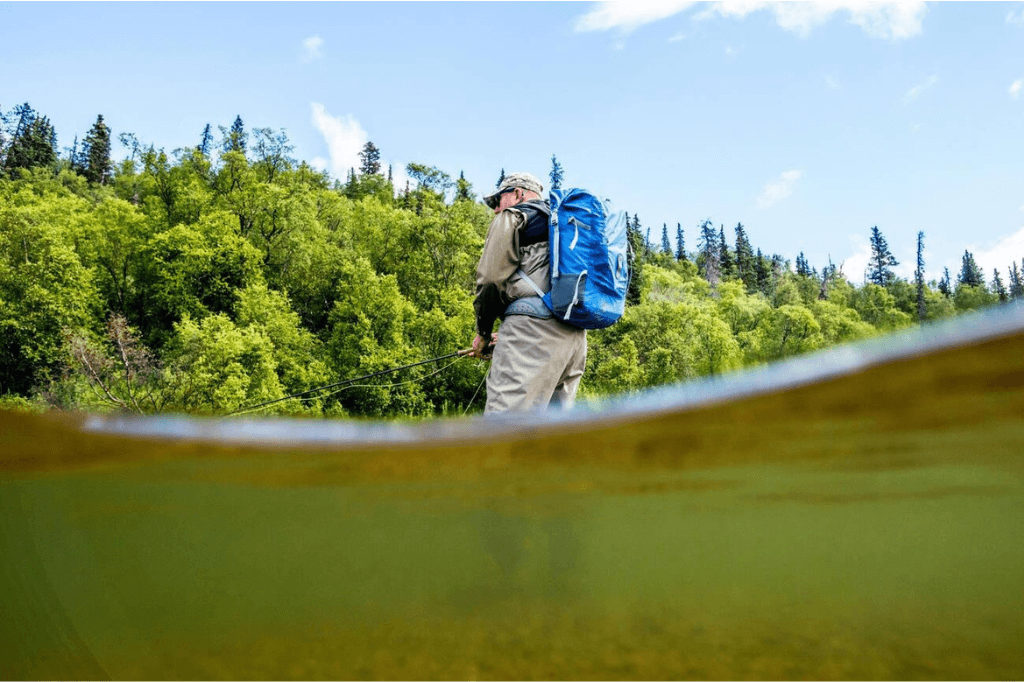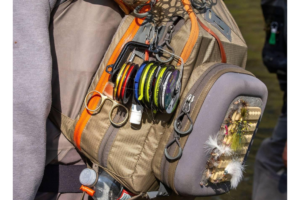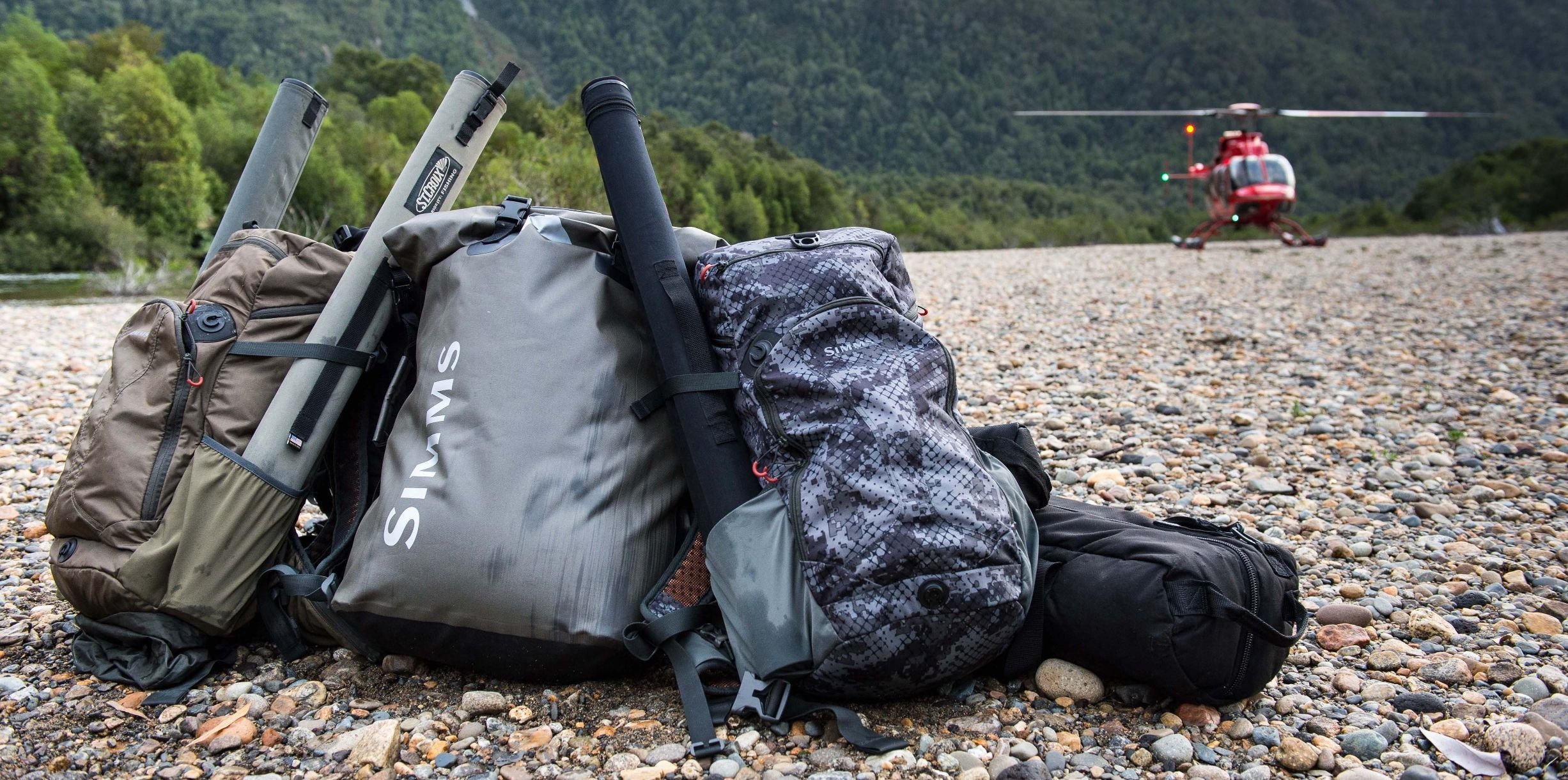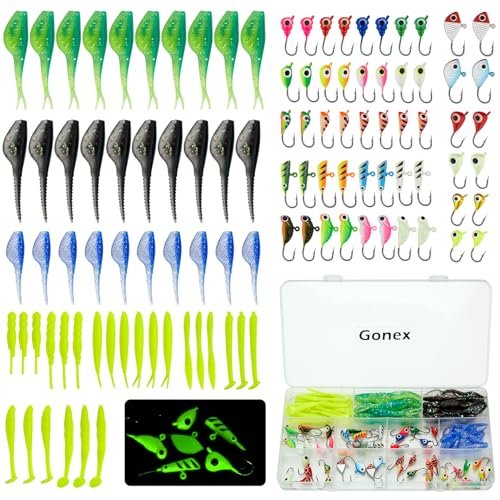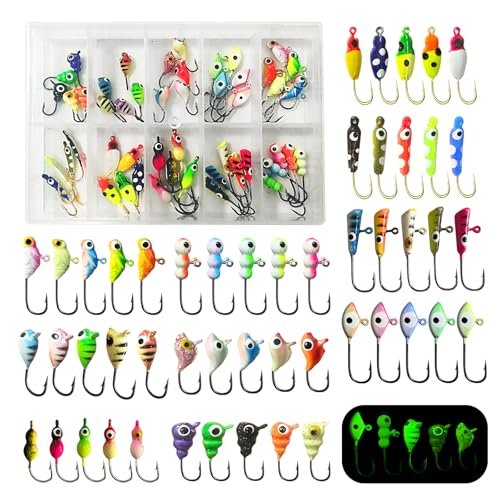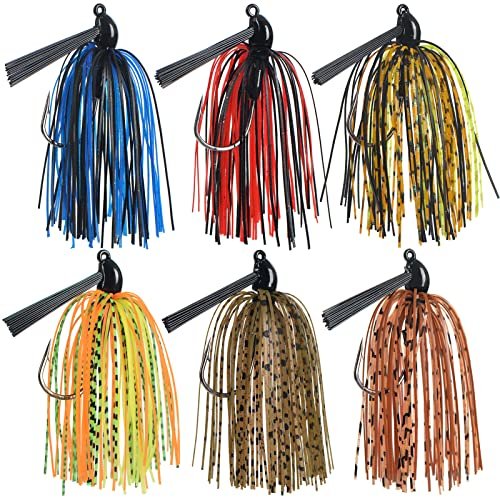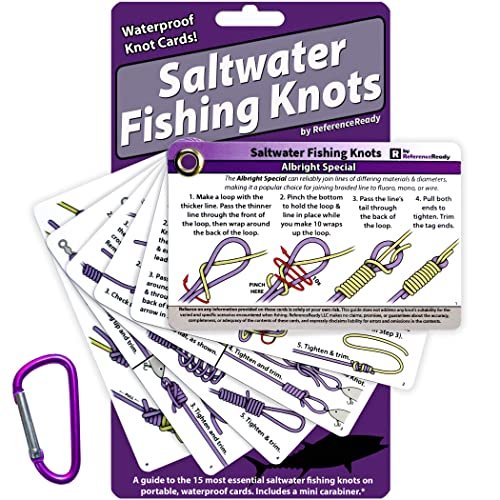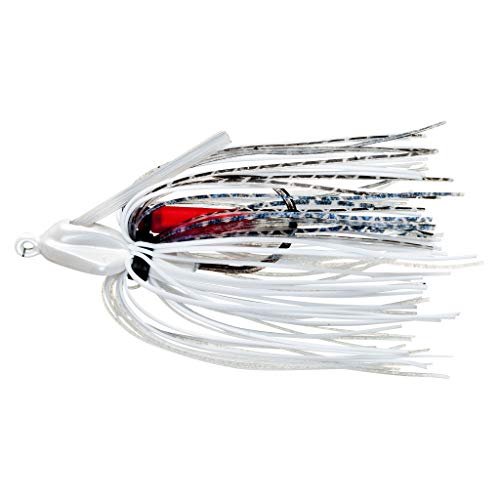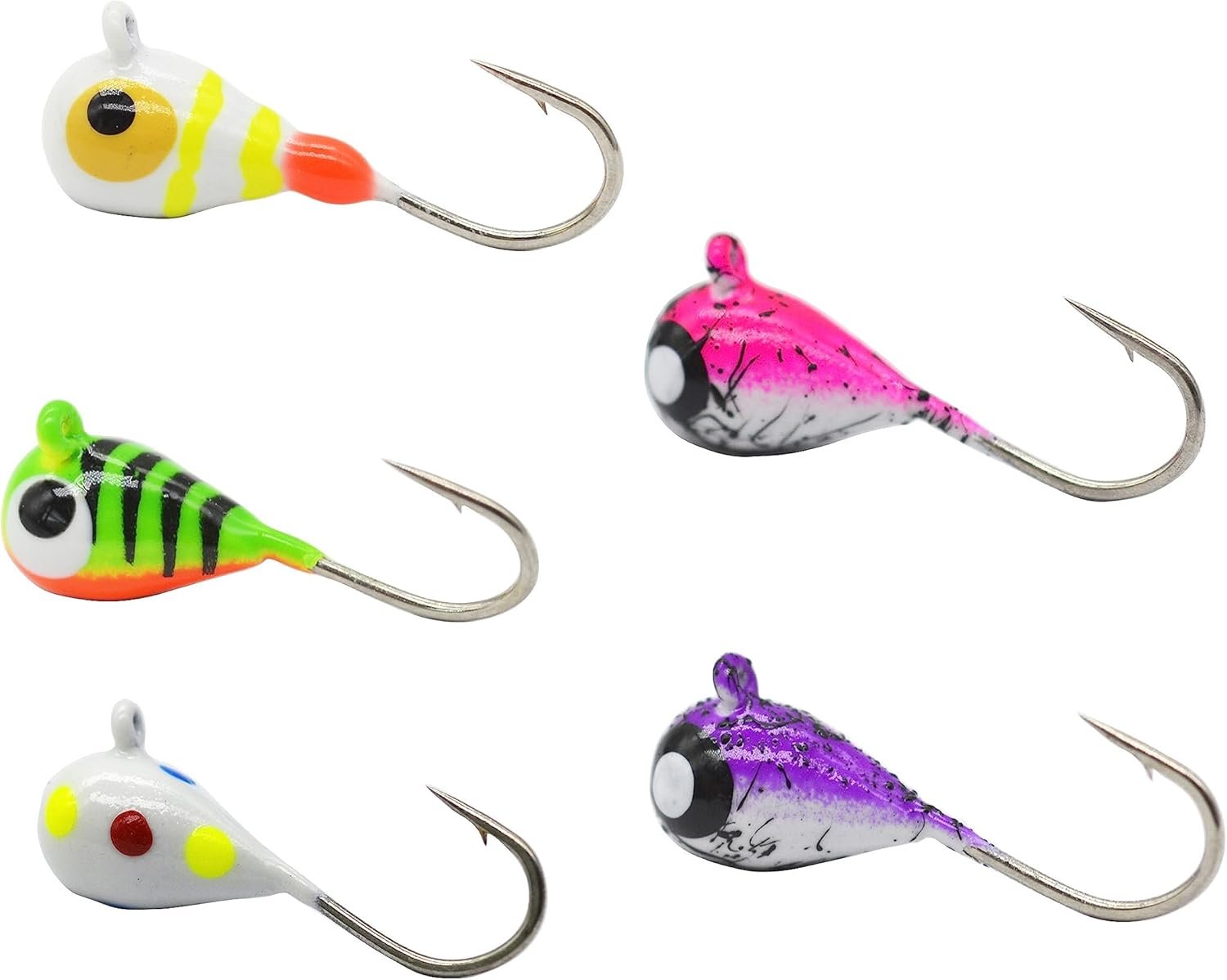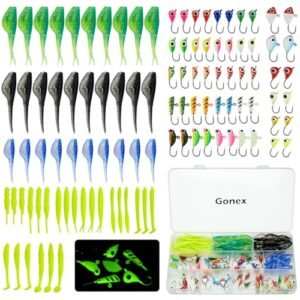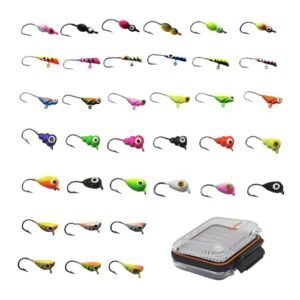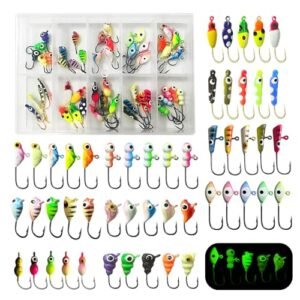Fly fishing enthusiasts understand the importance of having a reliable fly fishing backpack to store their tackle, flies, and tools. The ideal pack should be durable, comfortable to wear, and designed with specialized compartments for easy access to fishing essentials. Water resistance is a key feature, protecting contents from unexpected splashes or rain.
With various styles and capacities available, choosing the right backpack can elevate your fishing experience by keeping your gear secure and accessible. It’s a critical piece of equipment that can make or break a day on the water, so selecting a quality backpack is an investment in your angling adventures.

Introduction To Fly Fishing
Fly fishing is a magical way to catch fish. It’s not just fishing; it’s an art. People love it for the peace it brings and the skill it needs. This blog post will dive into the beautiful world of fly fishing. We will explore what makes it unique.
The Allure Of Angling
Fly fishing holds a special charm. This charm comes from its unique methods and the beautiful places it takes you. Imagine standing in a sparkling stream, surrounded by nature’s beauty. You cast your line, and it dances on the water. This moment is pure magic.
- Connection with nature: Fly fishing takes you to stunning places.
- Art and skill: It’s about perfecting your cast and understanding the fish.
- Adventure: Each trip is a new journey, full of possibilities.
Fly Fishing Vs Traditional Fishing
Fly fishing and traditional fishing are like painting and drawing. Both are art, but they use different tools and skills.
| Fly Fishing | Traditional Fishing |
|---|---|
| Uses lightweight lures called flies. | Uses heavier lures or live bait. |
| Focuses on casting techniques. | Focuses on the location and bait. |
| Often in moving waters. | Can be in still or moving waters. |
In fly fishing, the joy comes from the process itself. It’s not just about the catch. The rhythm of casting, the choice of fly, and the challenge of reading the water set it apart.
Choosing The Right Fly Fishing Backpack
Every fly fishing enthusiast knows that a day on the river requires the right gear. The backpack you choose is crucial for a successful trip. It holds everything from tackle to snacks. Let’s dive into the essentials of selecting the perfect fly fishing backpack.
Capacity And Comfort
Finding the right balance between size and fit is key. You want a backpack that can carry all your gear without causing strain. Here are important features to consider:
- Volume: Look for a backpack that offers enough space for your fly boxes, reels, and personal items. A capacity of 30-40 liters is often sufficient for a full day.
- Weight Distribution: Choose a design that spreads the load evenly. This reduces fatigue and increases your time on the water.
- Padded Straps: Shoulder and waist straps with padding make carrying heavier loads more comfortable.
- Breathability: Mesh panels or breathable fabrics prevent sweating and keep you cool.
Material And Durability
The right material ensures your backpack withstands nature’s elements. Durability is a must. Here’s what to look for:
| Material | Benefits |
|---|---|
| Nylon | Lightweight and durable, resists wear. |
| Polyester | Resists UV rays and fading. |
| Canvas | Heavy-duty and ultra-durable. |
| TPU Coating | Waterproof, protects gear in wet conditions. |
Check for reinforced seams and zippers. They must endure constant use. A backpack with a waterproof base keeps gear dry when set on damp ground.
The Essential Fly Fishing Gear
Every angler knows that fly fishing is both an art and a science, requiring precision, patience, and the right equipment. It’s crucial to have a well-organized fly fishing backpack filled with all the necessary gear. Let’s dive into the essentials that will make any fishing trip both successful and enjoyable.
Rods And Reels
Choosing the right rod and reel is the first step to a great fly fishing experience. A good match between these two can make casting smoother and help you land that big catch.
- Lightweight rods are ideal for smaller fish.
- Heavier rods are best for catching larger species.
Reels should have a smooth drag system and be the right size for your rod. They store your line and help you fight fish effectively.
Lines, Leaders, And Tippets
Fly lines come in various weights and should match the rod weight. They allow you to cast your fly to the fish.
| Line Type | Use |
|---|---|
| Floating lines | Surface fishing |
| Sinking lines | Deep water fishing |
Leaders and tippets connect the line to the fly. They are nearly invisible to fish.
- Leaders taper down to the thin tippet.
- Tippets are the final connection to the fly.
Select the right tippet size to ensure flies present naturally in the water.
Fly Box Selection
Fly Box Selection is crucial for every fly fishing adventure. It keeps your flies safe and organized. Let’s dive into the best ways to pick and arrange your fly box.
Types Of Flies
Flies come in different shapes and sizes. Each type has a unique job.
- Dry Flies – Float on water to mimic insects.
- Wet Flies – Sink under water, acting like swimming bugs.
- Streamers – Look like small fish or worms.
- Nymphs – Imitate insects under water.
Organizing Your Fly Box
A well-organized fly box saves time and hassle. Here’s how to do it:
- Sort by Type: Keep dry, wet, streamers, and nymphs in separate sections.
- Colour Coding: Use colours to mark different areas in your box.
- Size Matters: Arrange flies from small to large for easy finding.
Remember, a tidy fly box means faster and better fly selection on the water.
Personal Safety Items
Ensuring personal safety is vital while fly fishing. A well-packed backpack can be a lifesaver. It should include essential items for unexpected events.
First Aid Kit
Always carry a first aid kit on any fly fishing adventure. Injuries can happen. Be prepared to handle cuts, stings, or sprains.
- Bandages of various sizes
- Antiseptic wipes to clean wounds
- Gauze pads for larger injuries
- Adhesive tape for securing gauze
- Tweezers for removing splinters
- Pain relievers for comfort
Protection Against The Elements
Weather can change quickly. Protect yourself from the sun, wind, and rain.
| Item | Use |
|---|---|
| Sunscreen | Prevent sunburn |
| Lip balm with SPF | Protect lips |
| Sunglasses | Shield eyes from UV rays |
| Hat | Cover head and face |
| Rain gear | Stay dry during rain |
Navigation And Communication Tools
Embarking on a fly fishing adventure demands more than just gear for the catch. Staying on track and maintaining contact are critical. This is where reliable navigation and communication tools come in. They ensure a safe and enjoyable experience.
Maps And Gps
Knowing the terrain is vital. Topographic maps and a GPS device are indispensable. They help anglers locate prime fishing spots and navigate backcountry trails with ease.
- Topographic Maps: Show elevation, water bodies, and trails.
- GPS Devices: Provide real-time location and route planning.
Use both tools together. Maps offer a big picture while GPS gives precise details. This combination keeps fishermen on the right path.
Emergency Communication Devices
In remote areas, cell phones may not work. This is where emergency communication devices become essential.
| Device Type | Function |
|---|---|
| Personal Locator Beacon (PLB) | Sends a distress signal with your location to rescuers. |
| Satellite Messenger | Allows text communication and SOS signals via satellite. |
| Two-Way Radios | Enables direct voice communication over short distances. |
Carry these devices to ensure help is reachable in case of an emergency. They can be lifesavers when time is critical.
Sustenance And Hydration
Fly fishing adventures require energy and focus. Ensuring your body stays fueled and hydrated is key to a successful trip. Let’s explore the essentials of food and water for your journey.
Food Supplies
Packing the right food can make all the difference. Choose items that are lightweight, non-perishable, and nutritious.
- Energy bars – quick, on-the-go snacks.
- Trail mix – a blend of nuts and dried fruits for sustained energy.
- Jerky – high in protein, lasts without refrigeration.
- PB&Js – simple yet filling sandwiches.
Water Purification Methods
Clean water is a must. Streams may look clean but can harbor bacteria. Use these methods to stay safe.
| Method | Description | Pros | Cons |
|---|---|---|---|
| Boiling | Heat water to a rolling boil. | Effective against organisms. | Time-consuming, requires fuel. |
| Filters | Use a physical filter to clean water. | Portable, easy to use. | Can be pricey, filters need replacement. |
| Purification Tablets | Dissolve tablets in water to kill microbes. | Lightweight, simple. | Taste can be off-putting, takes time to purify. |
| UV Light | Use UV light to sterilize water. | Fast, effective. | Requires batteries, can be expensive. |
Clothing And Footwear
Fly fishing is not just about choosing the right rod and reel. Your clothing and footwear play a crucial role in your comfort and success. This section focuses on what to wear for a great fly fishing experience.
Appropriate Apparel
Choosing the right clothes is key. You need items that keep you dry and comfortable. Consider these points:
- Layers: Wear several layers to adjust to changing temperatures.
- Materials: Pick breathable, quick-drying fabrics.
- Protection: Long sleeves and pants protect you from the sun and insects.
Waders And Boots
Waders and boots are essential for staying dry and safe. Here’s what to look for:
| Type | Features | Use |
|---|---|---|
| Waders | Waterproof, breathable, with pockets | Keeps you dry in water |
| Boots | Non-slip, comfortable, supportive | Safety and comfort on slippery surfaces |
Remember, comfortable and appropriate clothing and footwear enhance your fly fishing adventure. Choose wisely for the best experience.
Accessories And Tools
Embarking on a fly fishing adventure requires the right gear. The right accessories and tools can make the difference between a good and a great fishing experience. Focus on packing items that enhance your comfort and efficiency on the water.
Nippers And Forceps
Nippers and forceps are essential for any fly fisher. They serve multiple purposes, from trimming lines to removing hooks. Their importance cannot be overstated.
- Nippers cut fishing lines with precision.
- Forceps help with delicate tasks, like removing flies from fish.
Choose ones that are rust-resistant and easy to handle. Many come with attached retractors for quick access.
Sunglasses And Hats
Protecting your eyes and face from the sun is crucial. Sunglasses shield your eyes from harmful UV rays and reduce glare, improving your vision of the water. Hats provide shade, keeping you cool and focused.
| Item | Function |
|---|---|
| Polarized Sunglasses | Enhance underwater visibility and protect eyes. |
| Brimmed Hats | Shade face and neck, reducing sun exposure. |
Select sunglasses with strong polarized lenses. Opt for hats that are lightweight and breathable.
Leave No Trace Principles
Fly fishing offers a unique way to connect with nature. But it’s crucial to protect our waterways and fish populations. The ‘Leave No Trace Principles’ guide anglers in minimizing their environmental impact. They promote conservation through responsible practices. Let’s explore how these principles apply to fly fishing backpack enthusiasts.
Environmental Responsibility
Respect the outdoors while packing for your fly fishing adventure. A fly fishing backpack should carry only what you need. Leave extra space for any trash you find. Always pack out what you pack in. This keeps rivers and streams pristine.
- Use biodegradable products to reduce pollution.
- Choose eco-friendly gear that lasts longer.
- Avoid plastic waste by using reusable containers.
Staying on marked trails protects plant life. Your steps matter. Clean your gear after each trip. This prevents the spread of invasive species.
Catch And Release Ethics
Practicing catch and release supports fish conservation. Handle fish with care. Use barbless hooks for easy release. Wet your hands before touching a fish. This protects their slime coat.
| Do’s | Don’ts |
|---|---|
| Use rubber nets | Keep fish out of water long |
| Release fish gently | Touch gills or eyes |
Avoid fishing during spawning seasons. This ensures healthy fish populations for the future. Teach others these ethics. Together, we can make a difference.
Conclusion: Preparing For The Adventure
As your fly fishing adventure draws near, it’s time to get ready. This final phase is crucial. It ensures you enjoy every moment by the water. Here, we’ll dive into the essentials. These will make your trip successful and fun.
Checklist Review
A well-prepared checklist is your best friend. It guarantees you don’t forget anything important. Let’s break down the must-haves for your backpack:
- Fly fishing rods and reels: The core of your gear.
- Variety of flies: Match them with the local fish.
- Waders and boots: Keep dry and safe.
- Fishing license: Always stay legal.
- Sunscreen and insect repellent: Protect your skin.
- First aid kit: Safety first.
Double-check this list before you head out. It’s a simple step that makes a big difference.
Embracing The Fly Fishing Culture
Fly fishing is more than catching fish. It’s about connecting with nature. It’s about peace and patience. As you pack, remember to embrace this spirit. Here are some tips:
- Learn about the local fish and ecosystem.
- Practice catch and release to preserve nature.
- Join local fly fishing groups or forums.
- Share stories and tips with fellow anglers.
This approach enriches your experience. It makes you a part of a bigger community. It’s not just about the fish you catch. It’s about the memories you create and the friends you make.
Frequently Asked Questions
What Features Should A Fly Fishing Backpack Have?
A quality fly fishing backpack should offer water resistance, ample storage with compartments for gear organization, and comfortable straps. Breathability for back panels is also crucial for long days on the water.
How To Choose The Best Fly Fishing Backpack?
Selecting the best fly fishing backpack involves considering size, durability, and accessibility. Look for lightweight materials, multiple pockets for tackle, and a design that balances weight for comfort during long fishing sessions.
Can Fly Fishing Backpacks Hold Rods?
Many fly fishing backpacks come with specialized rod holders or attachments. These features allow anglers to carry rods conveniently, freeing their hands for navigating terrain or managing their line.
Are Fly Fishing Backpacks Waterproof?
Some fly fishing backpacks are fully waterproof, designed to protect gear even when submerged. Others are water-resistant, offering protection against splashes and brief rain but not designed for full immersion.
Conclusion
Selecting the right fly fishing backpack marks the beginning of an unparalleled adventure. It’s about comfort, convenience, and keeping your gear safe. By choosing wisely, you ensure every fishing trip is enjoyable and productive. Remember, the perfect backpack blends functionality with durability, making your fishing excursions unforgettable.
So, gear up and embrace the streams with confidence!

